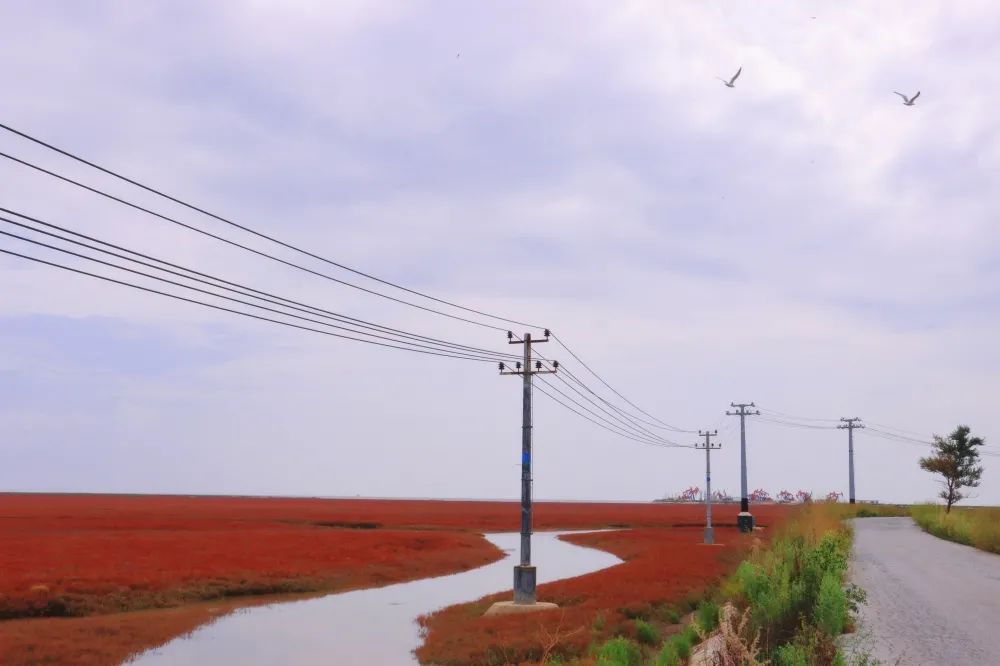As an important component of tourist attractions, the architectural design of tourist service centers not only affects the satisfaction and experience of tourists, but also directly affects the overall image and service quality of the scenic area. Therefore, in the architectural design of tourist service centers, attention should be paid to the following aspects:.
The primary task of a tourist service center is to provide various services that tourists need, therefore, the architectural design must fully consider its functional needs. In terms of layout, it is necessary to ensure clear division of functional areas such as reception area, consultation desk, rest area, and bathroom, in order to facilitate tourists to quickly find the services they need. At the same time, it is necessary to consider the changes in pedestrian flow, set up entrances and channels reasonably, and avoid congestion during peak hours..
In addition, the tourist service center should also be equipped with necessary service facilities, such as guide maps, promotional material racks, luggage storage areas, etc., to meet the basic needs of tourists. The placement of these facilities should also be carefully designed, which should be convenient for tourists to use and not affect the overall aesthetics of the space..
The architectural design of the tourist service center should fully reflect the concept of humanization, paying attention to the comfort and convenience of tourists. In terms of color matching and material selection, consideration should be given to the visual and tactile feelings of tourists, using soft colors and comfortable materials to create a warm and pleasant environmental atmosphere..
At the same time, attention should be paid to the special needs of tourists, such as the installation of accessible facilities and the planning of children’s playgrounds, to ensure that tourists of different age groups and physical conditions can receive a good service experience. In addition, some convenient facilities can be set up, such as free hot water, charging facilities, etc., to provide more considerate services for tourists..
As a part of the scenic area, the architectural design of the tourist service center should reflect the cultural characteristics of the scenic area. In terms of exterior design, local cultural elements and architectural styles can be integrated to coordinate the tourist service center with the surrounding environment, while highlighting the cultural characteristics of the scenic area..
In interior design, the cultural connotations of scenic spots can also be showcased through decoration, decoration, and other means. For example, paintings or photographic works reflecting local history and culture can be hung, and local handicrafts or souvenirs can be placed to allow tourists to experience the cultural charm of the scenic area while enjoying the service..
With the increasing awareness of environmental protection, the architectural design of tourist service centers should also fully consider environmental protection and sustainability. In the selection of building materials, priority should be given to environmentally friendly and energy-saving materials to reduce their impact on the environment. Meanwhile, in architectural design, energy-saving technologies such as solar energy utilization and rainwater collection can be adopted to reduce energy and water consumption..
In addition, the ecological environment quality of tourist service centers can also be improved through greening, landscape design, and other methods. For example, some green plants and flowers can be set up to increase the indoor and outdoor green area, providing tourists with a comfortable and natural resting environment..
Safety is an essential factor in the design of tourist service centers. In the design of building structures, safety requirements such as earthquake resistance and fire prevention should be fully considered to ensure the safety and stability of the building. At the same time, in terms of internal layout, it is necessary to plan evacuation routes and safety exits reasonably to ensure the rapid evacuation of tourists in emergency situations..
In addition, it is also necessary to pay attention to the anti-theft and robbery prevention of tourist service centers.


